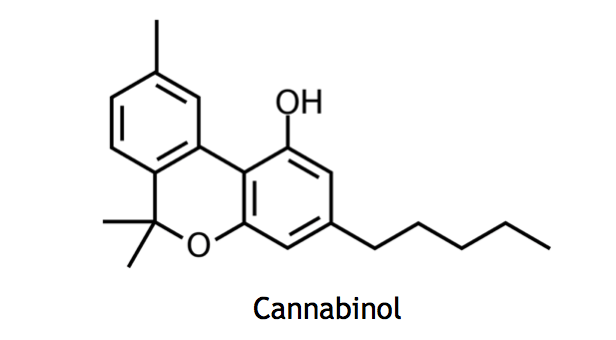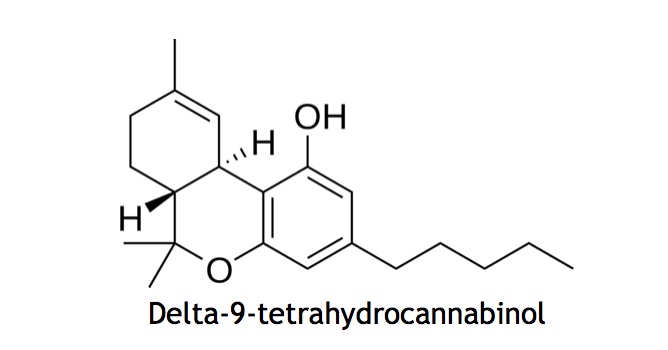Well folks, it’s time to take a technical dive into the cannabinoids. This time we go over CBN. While this may be somewhat heavy on the chemistry, for those looking for the biochemical background of the hemp/cannabis plant and how it produces all these wonderful molecules, the intellectual rewards will be ample.
Our last posts dealt with the so-called “mother of all cannabinoids,” CBG (cannabigerol), and the biosynthesis of CBD (cannabidiol) and THC (tetrahydrocannabinol) from CBG. Now let’s discuss the main degradant of THC, CBN (cannabinol).
Chemistry can be hard to understand sometimes, but in this case, let’s dive into how tetrahydrocannabinol turns into cannabinol. “Tetrahydro” is the clue.


Notice that cannabinol (CBN) has four less hydrogens than delta-9-tetrahydrocannabinol. You have to look closely, but up on the ring to the left, THC has four hydrogens that CBN doesn’t. Four hydrogens are tetrahydro, so if you add 4 hydrogens to CBN you obtain tetrahydrocannabinol. Now this is a tall order for the synthetic chemist: placing four hydrogens in exactly the right place on CBN is difficult.
However, the conversion of THC to CBN is much, much easier. The process is driven by the formation of an aromatic ring, which is energetically favored. The conversion is an oxidation: some oxidant like oxygen is required, since for every molecule that gets oxidized, a molecule must be reduced.
In fact, oxygen is a perfect means to oxidize the THC. (To help understand oxidation, it is informative to notice the relationship between the words “oxidation” and “oxygen.” Oxidation is derived from oxygen, since oxygen is the most plentiful oxidant on earth). Pure THC will oxidize easily to form the red CBN. It is fascinating to see distilled THC oxidize. The distilled material is very thick, almost solid, so the oxygen only permeates the top layer, producing a thin film of red on top of the otherwise clear distillate.
Old cannabis flower will start to oxidize to CBN, as will THC concentrate exposed for long periods to air. This cannabinoid’s medicinal characteristics haven’t been completely elucidated, but anecdotal evidence suggests they are similar to THC’s, but less potent and more sedating.
Next up in our exploration of the cannabinoids will be a totally different creature in CBC, cannabichromene.